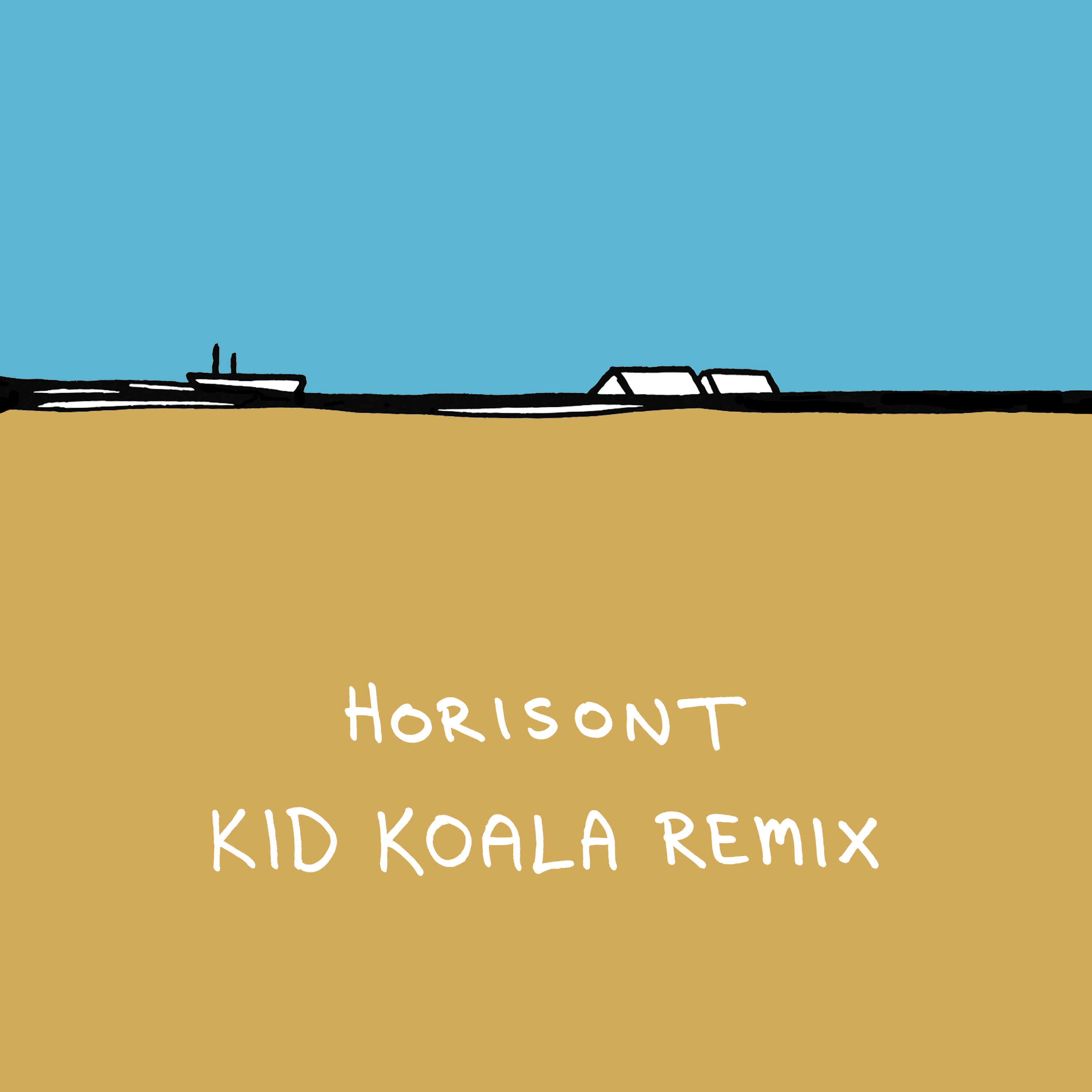Many years ago, I left my apartment early one morning to go to work in the middle of one of the heaviest snow storms in recent memory.
And it wasn’t one of those pretty, gently falling flakes kind of storms. These were icy, wind-whipped fragments that felt more like claws than snowflakes. I put my head down and walked as fast as I could towards the subway.
But at the corner, I saw two people struggling to push their car out of a snowbank. The storm had obviously caught them by surprise; they were dressed as if it was a marginally chilly fall day, and their car was grossly under-powered for such weather.
They were clearly having a bad day, and it was only 6.30am. I had to help them.
A few pushes was all it took, but they were exceedingly grateful, taking me by the shoulders and thanking me profusely through hopelessly thin scarves. I waved and went on my way, feeling much more heroic than I probably deserved to.
The following weekend, my wife and I walked into the breakfast diner at the top of our street, as we did every Saturday morning. Upon entering, I was greeted like a son returning from war. It turns out that the car belonged to one of the waiters, a lovely old Greek guy with a twinkly smile and several missing teeth. I hadn’t recognized him through the scarf, but he had recognized me. My wife and I had always exchanged pleasantries with him, but from then on, our weekly breakfast small talk was more genuine, more meaningful.
That quick, accidental collaboration had brought us closer.
Norwegian composer Lars Jakob Rudjord understands the benefits of accidental collaboration as well as anyone:
It all started when my producer Joel Hamilton invited me to see his friend’s show in Brooklyn. His friend was Eric San, aka Kid Koala, and the show was “Nufonia Must Fall”, truly one of the most inspiring shows I’ve ever seen. The day after, Eric and his friend Ryan Lott (aka Son Lux) visited the studio while I was recording the piano part for “Horisont”. The core of the track is a wurly pattern looped on Joel’s Studer tape machine, and Eric couldn’t help himself and fiddled a bit with the running tape. The resulting small pitch changes was just what we needed for the track to bloom, and we actually credited Kid Koala for “accidentally touching the tape loop” in the album credits.
Soon after the serendipitous meeting, Kid Koala agreed to remix some of Rudjord’s work, and the result is the beautiful song currently massaging your eardrums.
What makes this a beautiful song:
1. Rudjord has a talent for creating soundscapes as wide and deep as the fjords in his homeland. Here, his hands fall on the piano keys a bit heavier than one would expect from someone often grouped in with people like Olafur Arnalds and Nils Frahm. But it works; if the piano is the jagged fjord cliffs, the strings that come in at 2.20 are the soft waves below.
2. Turntablist Kid Koala has a talent for taking other people’s records and bending them to his will. Take a listen to this track, in which he takes the trumpet part from LL Cool J’s “Going Back To Cali” and makes it sound like your drunken uncle’s performance on open mic night. But in this Rudjord remix, Kid Koala’s manipulation of the piano is much gentler, making it sound not so much drunk as just tipsy and happy, as if it’s going to bed after a glass of wine.
3. At 2.40, there’s another Kid Koala stroke of brilliance, as he scratches the original track in such a way as to make it almost percussive. Record scratching is usually done as a way to show off; here, he’s doing it with the sole aim of adding subtly to Rudjord’s work. Collaborating, rather than spotlight-hogging.
Recommended listening activity:
High-fiving someone with mittens on.
